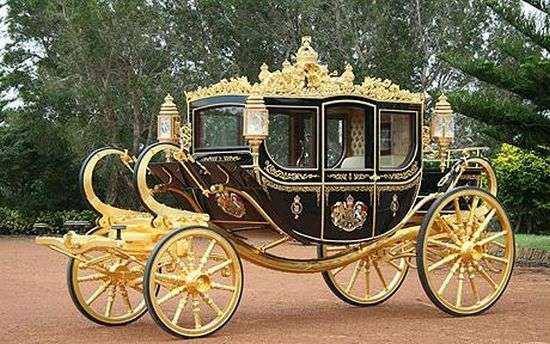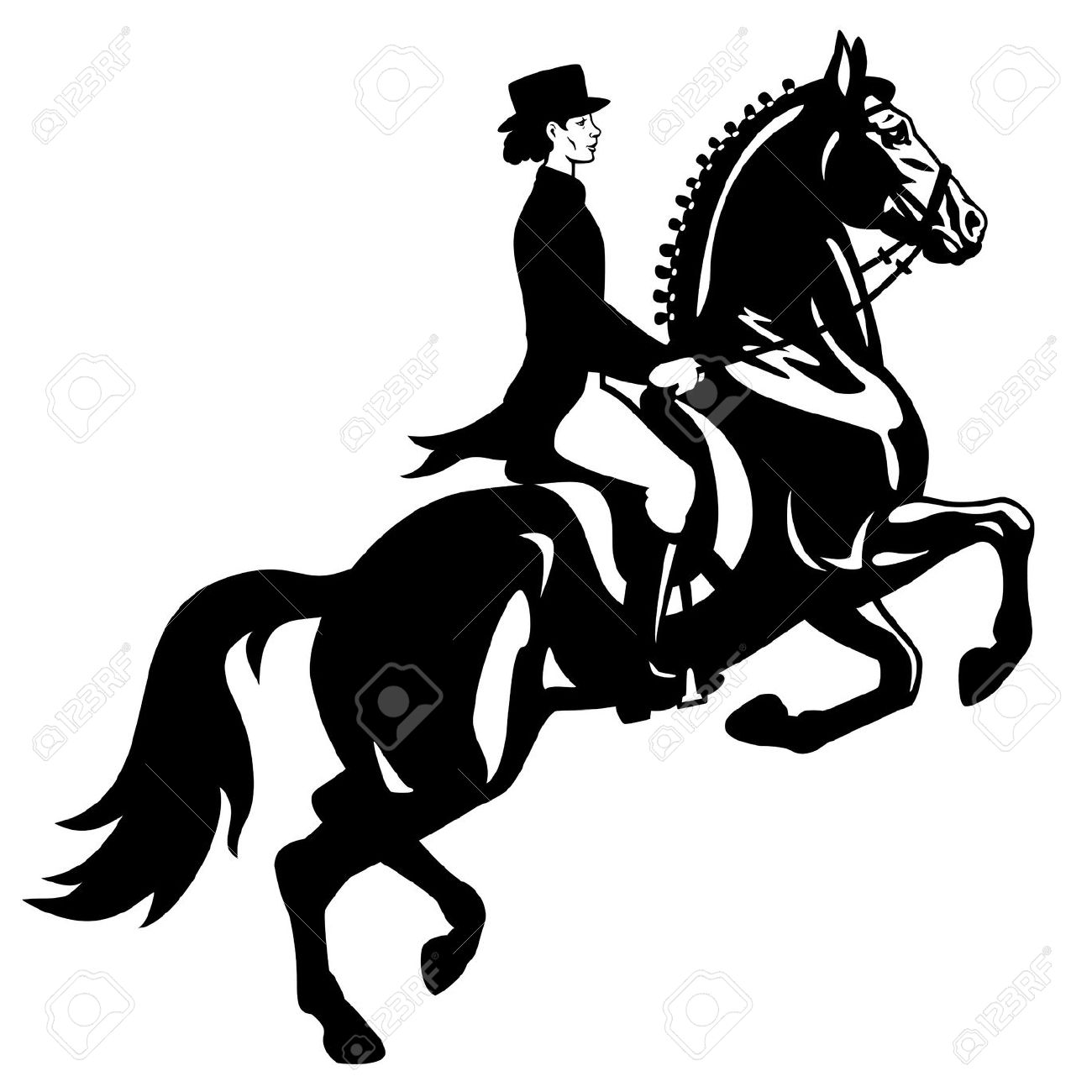Mini Sheet: Versaille Castle at Arras (Personalized and Private Mail Stamps 2013)
Versaille Castle at Arras (Personalized and Private Mail Stamps 2013)
01 January (Personalized and Private Mail Stamps ) within release France : Collector. Versaille Castle at Arras goes into circulation Mini Sheet Versaille Castle at Arras face value 4*20 Gram
| Mini Sheet Versaille Castle at Arras in catalogues | |
|---|---|
| Colnect codes: | Col: FR-MON 2013-39 |
Mini Sheet is square format.
Also in the issue France : Collector. Versaille Castle at Arras:
- Mini Sheet - Versaille Castle at Arras face value 4*20;
- Stamp - Versaille Castle at Arras. Gilded Carriage face value 20;
- Stamp - Versaille Castle at Arras. Golden Sculpture of a carriage. face value 20;
- Stamp - Versaille Castle at Arras. Painting of Royal Barge face value 20;
- Stamp - Versaille Castle at Arras. Royal Carriage face value 20;
Mini Sheet Versaille Castle at Arras it reflects the thematic directions:
A carriage is a two- or four-wheeled horse-drawn vehicle for passengers. Second-hand private carriages were common public transport, the equivalent of modern cars used as taxis. Carriage suspensions are by leather strapping or, on those made in recent centuries, steel springs. Two-wheeled carriages are usually owner-driven.
Stemming from military practices and a long tradition of teaching by equestrians such as La Guérinière and François Baucher, traditional French equestrianism is essentially represented at the Cadre Noir de Saumur. The practice of equestrianism has evolved towards sport and leisure, opening up to the general public. At the end of the 20th century, the sport became much more democratic, with a sharp rise in the number of riders, particularly young people and women. The teaching of equestrianism as a leisure sport in France is based on the existence of over 8,000 riding schools, which make trained horses available to the public. Their establishment is supported by the French government thanks to a reduced VAT rate from 2004 to 2013. At the end of 2013, riders and industry professionals protested against the increase in VAT on their activity.
A museum (/mjuːˈziːəm/ mew-ZEE-əm) is an institution dedicated to displaying and/or preserving culturally or scientifically significant objects. Many museums have exhibitions of these objects on public display, and some have private collections that are used by researchers and specialists. Compared to a library, a museum hosts a much wider range of objects and usually focus around a specific theme such as the arts, science, natural history, local history, and other topics. Public museums that host exhibitions and interactive demonstrations are often considered to be tourist attractions, and many museums attract large numbers of visitors from outside their host country, with the most visited museums in the world regularly attracting millions of visitors annually.
Painting is the practice of applying paint, pigment, color or other medium to a solid surface (support base). The medium is commonly applied to the base with a brush, but other implements, such as knives, sponges, and airbrushes, can be used. Painting is a mode of creative expression, and the forms are numerous. Drawing, gesture (as in gestural painting), composition, narration (as in narrative art), or abstraction (as in abstract art), among other aesthetic modes, may serve to manifest the expressive and conceptual intention of the practitioner. Paintings can be naturalistic and representational (as in a still life or landscape painting), photographic, abstract, narrative, symbolistic (as in Symbolist art), emotive (as in Expressionism), or political in nature (as in Artivism). A portion of the history of painting in both Eastern and Western art is dominated by spiritual motifs and ideas. Examples of this kind of painting range from artwork depicting mythological figures on pottery, to Biblical scenes rendered on the interior walls and ceiling of the Sistine Chapel, to scenes from the life of Buddha or other images of Eastern religious origin. In art, the term painting describes both the act and the result of the action. The support for paintings includes such surfaces as walls, paper, canvas, wood, glass, lacquer, clay, leaf, copper and concrete, and the painting may incorporate multiple other materials including sand, clay, paper, plaster, gold leaf, as well as objects. The term painting is also used outside of art as a common trade among craftsmen and builders.
Rowing is the act of propelling a human-powered watercraft using the sweeping motions of oars to displace water and generate reactional propulsion. Rowing is functionally similar to paddling, but rowing requires oars to be mechanically attached to the boat, and the rower drives the oar like a lever, exerting force in the same direction as the boat's travel; while paddles are completely hand-held and have no attachment to the boat, and are driven like a cantilever, exerting force opposite to the intended direction of the boat.





